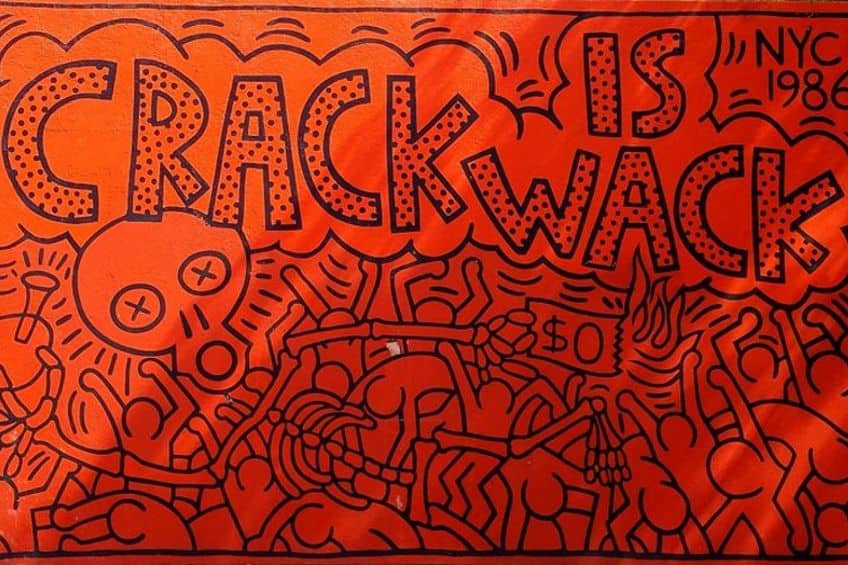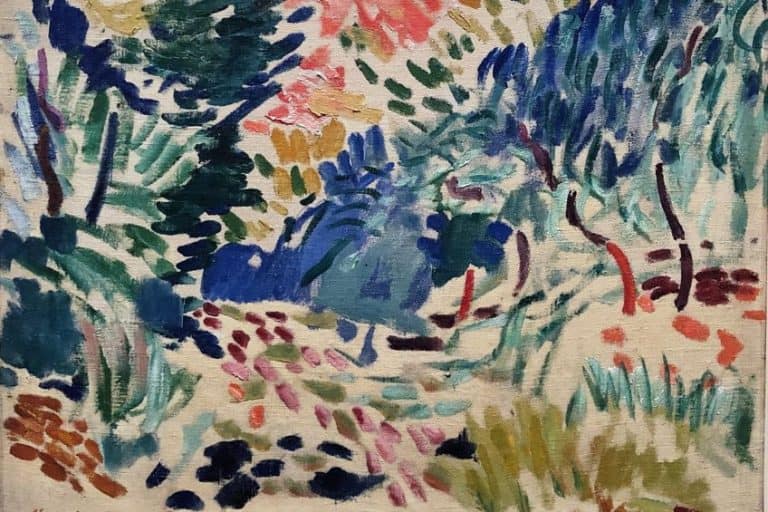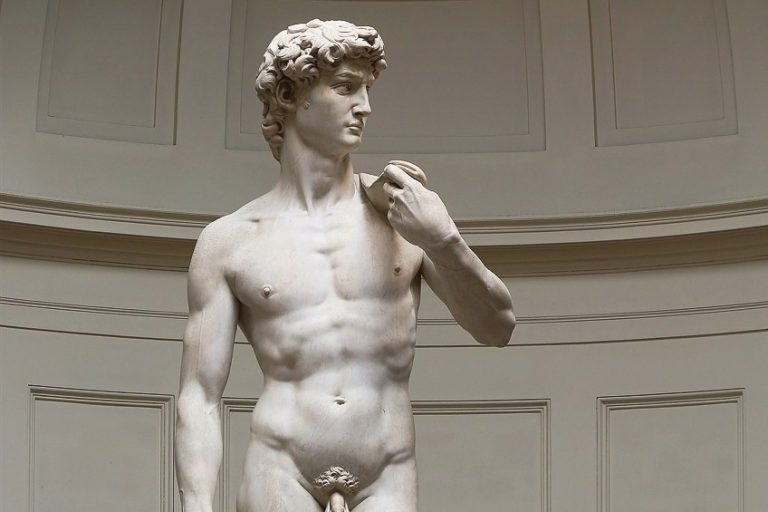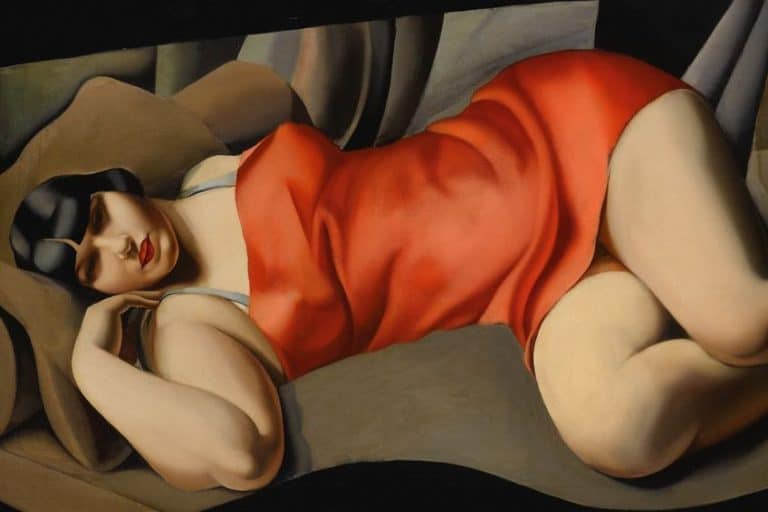Keith Haring Artworks – The Vibrant Activist Artist
Keith Haring’s vibrant and iconic artworks resonate as powerful symbols of 1980s New York City street culture and activism. Renowned for his bold lines, radiant colors, and energetic figures, Haring’s artworks encapsulate themes of love, unity, and social consciousness. With a distinctive style that merges graffiti, pop art, and cartoon imagery, Haring’s work transcends traditional boundaries, inviting viewers into a world of whimsy and social commentary. From his celebrated Radiant Baby to his provocative depictions of dancing figures and barking dogs, Haring’s oeuvre remains a testament to the power of art to inspire change and ignite conversations about society, identity, and the human experience. In this article, we explore some of Keith Haring’s most famous artworks and delve into the profound impact they continue to have on the art world and beyond.
Who Was Keith Haring?
Keith Haring (1958 – 1990) was a seminal figure in the New York City art scene of the 1980s, renowned for his distinctive visual language and commitment to social activism. Emerging from the graffiti and street art movement, Haring’s work is characterized by bold lines, bright colors, and playful figures that convey messages of love, unity, and resistance.

Beyond his artistic endeavors, Haring was a passionate advocate for various social causes, including AIDS awareness, apartheid, and the fight against inequality. Through his public murals, pop art-inspired imagery, and collaborations with fellow artists, Haring sought to break down barriers between high and low art while using his platform to address pressing social issues.
Today, his legacy endures as a testament to the power of art to inspire change and challenge the status quo.
Top 10 Keith Haring Artworks to Know
In this curated selection, we delve into the vibrant and dynamic world of Keith Haring’s iconic artworks. Each artwork represents a unique facet of Haring’s artistic vision, from his bold exploration of social activism to his playful and exuberant depictions of everyday life. Join us as we explore the profound impact and enduring legacy of these celebrated pieces by one of the most influential artists of the 20th century.

Montreux (1983)
| Date | 1983 |
| Medium | Silkscreen |
| Dimensions (cm) | 100 x 70 |
| Where Is It Housed? | Switzerland |
Created during the Montreux Jazz Festival in Switzerland, this vibrant painting captures the energy and rhythm of the music scene that inspired Haring. With bold lines and vivid colors, Haring depicts figures dancing and playing instruments, reflecting his belief in the universality of art and its ability to unite people across cultures and backgrounds.
The painting embodies Haring’s joyful and spontaneous approach to creation, evoking a sense of celebration and community.
Free South Africa (1985)
| Date | 1985 |
| Medium | Lithograph |
| Dimensions (cm) | 81 x 101 |
| Where Is It Housed? | United States |
As a vocal advocate for social justice, Haring created the Free South Africa painting to express solidarity with the anti-apartheid movement. Featuring bold text and symbolic imagery, the artwork calls attention to the oppressive regime in South Africa and demands freedom and equality for its citizens. Haring’s use of vibrant colors and dynamic forms imbues the painting with a sense of urgency and hope.
This serves as a powerful call to action against injustice and discrimination.
Crack is Wack (1986)
| Date | 1986 |
| Medium | Mural |
| Dimensions (cm) | Not available |
| Where Is It Housed? | 128th Street and 2nd Avenue, East Harlem, New York City, United States |
Situated in Harlem, New York City, Crack is Wack is a monumental mural that confronts the devastating impact of the crack cocaine epidemic on urban communities. Through bold lines and stark contrasts, Haring depicts a figure writhing in agony, surrounded by ominous cracks. The mural serves as a stark warning against the destructive forces of addiction and the need for collective action to address social issues.
Haring’s use of public space to raise awareness reflects his commitment to using art as a catalyst for social change and community empowerment.

Andy Mouse (1986)
| Date | 1986 |
| Medium | Silkscreen |
| Dimensions (cm) | 96.5 x 96.5 |
| Where Is It Housed? | Not available |
Andy Mouse pays homage to pop art icon Andy Warhol, blending Warhol’s image with Haring’s signature style. In this painting, Haring depicts a Mickey Mouse-inspired figure with Warhol’s face, symbolizing the fusion of popular culture and celebrity in the 1980s art scene. The artwork explores themes of consumerism, fame, and the intersection between high and low art.
Through his playful reinterpretation of Warhol’s persona, Haring challenges conventional notions of artistic identity and celebrity culture.

A Pile of Crowns for Jean-Michel Basquiat (1988)
| Date | 1988 |
| Medium | Acrylic on canvas |
| Dimensions (cm) | 270 x 300 |
| Where Is It Housed? | The Keith Haring Foundation |
Dedicated to his friend and fellow artist Jean-Michel Basquiat, who tragically passed away in 1988, this painting serves as a tribute to Basquiat’s groundbreaking contributions to the art world. Haring stacks crowns, a motif often associated with Basquiat’s work, in a somber yet celebratory gesture. The painting reflects Haring’s profound admiration for Basquiat’s talent and his acknowledgment of Basquiat’s enduring legacy in contemporary art.
Through this heartfelt homage, Haring honors the memory of his friend while highlighting the interconnectedness of artistic communities and the enduring power of creative expression.
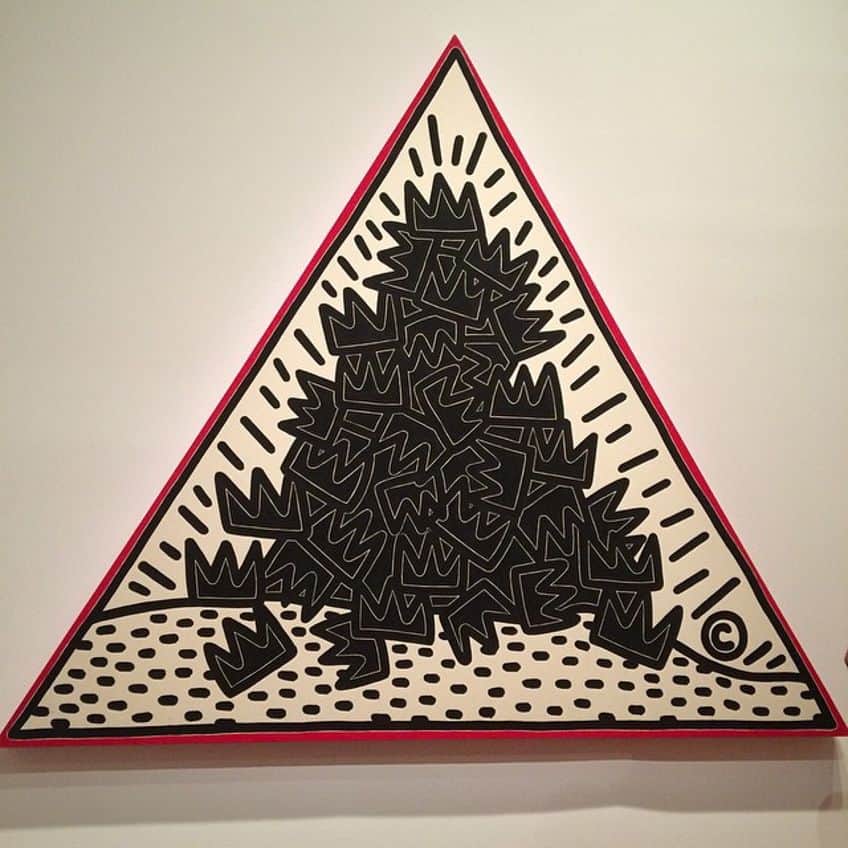
Safe Sex (1988)
| Date | 1988 |
| Medium | Acrylic on canvas |
| Dimensions (cm) | 305 x 305 |
| Where Is It Housed? | The Keith Haring Foundation |
Safe Sex epitomizes Keith Haring’s commitment to raising awareness about HIV/AIDS and promoting safe sexual practices during the height of the epidemic. In this painting, Haring uses his iconic figures to convey the importance of using protection and practicing safe sex. The image of two figures embracing while wearing condoms serves as a powerful reminder of the urgency of AIDS prevention and education.
Through his bold and direct approach, Haring aimed to destigmatize conversations about sexuality and encourage open dialogue about HIV/AIDS within communities.
Ignorance = Fear (1989)
| Date | 1989 |
| Medium | Offset lithograph |
| Dimensions (cm) | 61.1 x 109.4 |
| Where Is It Housed? | Whitney Museum of American Art, New York City, United States |
Ignorance = Fear is a poignant exploration of the stigma and fear surrounding HIV/AIDS during the late 1980s. Haring confronts societal ignorance and prejudice towards individuals living with HIV/AIDS through this striking painting. The image features a skeletal figure surrounded by a red circle, symbolizing the isolation and discrimination faced by those affected by the disease.
Haring’s use of bold lines and vivid colors amplifies the urgency of his message, urging viewers to confront their fears and embrace compassion and understanding.
Pop Shop III (1989)
| Date | 1989 |
| Medium | Silkscreen prints |
| Dimensions (cm) | Not available |
| Where Is It Housed? | Not available |
Pop Shop III is a continuation of Haring’s Pop Shop series, which aimed to democratize art by making it accessible to a wider audience through merchandise and affordable prints. This painting features Haring’s iconic motifs, including dancing figures, radiant babies, and barking dogs, arranged in a dynamic composition. Through the Pop Shop, Haring challenged traditional notions of art ownership and distribution, emphasizing the idea that art should be enjoyed and appreciated by all.
The vibrant colors and playful imagery of “Pop Shop III” reflect Haring’s belief in the power of art to transcend boundaries and inspire positive social change.
Radiant Baby (1990)
| Date | 1990 |
| Medium | Screenprint |
| Dimensions (cm) | Not available |
| Where Is It Housed? | Not available |
Radiant Baby is one of Keith Haring’s most recognizable and enduring symbols, embodying themes of innocence, hope, and resilience. In this painting, Haring depicts a radiant, haloed figure with outstretched arms, symbolizing the universal desire for love and connection. The image of the radiant baby has become synonymous with Haring’s artistic legacy and his belief in the transformative power of art to illuminate darkness and inspire change.
Through its simplicity and universal appeal, Radiant Baby continues to captivate audiences around the world, serving as a timeless emblem of hope and optimism.
Barking Dog (1990)
| Date | 1990 |
| Medium | Acrylic on canvas |
| Dimensions (cm) | Not available |
| Where Is It Housed? | Not available |
The motif of the barking dog is a recurring theme in Keith Haring’s oeuvre, symbolizing the threat of authority, oppression, and social injustice. In Barking Dog, Haring portrays the dog with exaggerated features, including sharp teeth and a menacing posture, evoking a sense of danger and unease. The painting serves as a commentary on the pervasive influence of power structures and the need for vigilance in the face of oppression. Through his use of bold lines and stark contrasts, Haring confronts viewers with the harsh realities of societal inequality and calls attention to the importance of standing up against injustice.
Keith Haring’s artworks endure as timeless symbols of creativity, activism, and the human spirit. Through his bold imagery and unwavering commitment to social causes, Haring challenged societal norms and sparked conversations about issues ranging from AIDS awareness to nuclear disarmament. His vibrant artwork continues to inspire artists, activists, and admirers worldwide, serving as a reminder of the transformative power of art to provoke thought, evoke emotion, and effect change. As we reflect on Haring’s enduring legacy, his artworks remain not only as artistic masterpieces but also as beacons of hope and resilience in an ever-changing world.
Frequently Asked Questions
What Inspired Keith Haring’s Iconic Figures and Symbols?
Keith Haring’s artwork drew inspiration from various sources, including graffiti, pop culture, and his own experiences growing up in New York City. His iconic figures, such as the radiant baby and barking dog, often represented universal themes of love, unity, and resistance against oppression.
How Did Keith Haring Use His Art for Social Activism?
Keith Haring was deeply committed to social activism and used his art as a platform to raise awareness about important issues, including AIDS awareness, apartheid, and the fight against inequality. He created numerous public murals, participated in activist events, and donated artwork and proceeds to charitable causes.
What Is the Legacy of Keith Haring’s Artwork?
Keith Haring’s artwork continues to inspire and resonate with audiences around the world. His bold visual language, commitment to social activism, and belief in the power of art to effect change have left a lasting impact on contemporary art and culture. Haring’s legacy is characterized by his ability to bridge the gap between high and low art, spark conversations about pressing social issues, and inspire future generations of artists and activists.
Isabella studied at the University of Cape Town in South Africa and graduated with a Bachelor of Arts majoring in English Literature & Language and Psychology. Throughout her undergraduate years, she took Art History as an additional subject and absolutely loved it. Building on from her art history knowledge that began in high school, art has always been a particular area of fascination for her. From learning about artworks previously unknown to her, or sharpening her existing understanding of specific works, the ability to continue learning within this interesting sphere excites her greatly.
Her focal points of interest in art history encompass profiling specific artists and art movements, as it is these areas where she is able to really dig deep into the rich narrative of the art world. Additionally, she particularly enjoys exploring the different artistic styles of the 20th century, as well as the important impact that female artists have had on the development of art history.
Learn more about Isabella Meyer and the Art in Context Team.
Cite this Article
Isabella, Meyer, “Keith Haring Artworks – The Vibrant Activist Artist.” Art in Context. March 15, 2024. URL: https://artincontext.org/keith-haring-artworks/
Meyer, I. (2024, 15 March). Keith Haring Artworks – The Vibrant Activist Artist. Art in Context. https://artincontext.org/keith-haring-artworks/
Meyer, Isabella. “Keith Haring Artworks – The Vibrant Activist Artist.” Art in Context, March 15, 2024. https://artincontext.org/keith-haring-artworks/.


